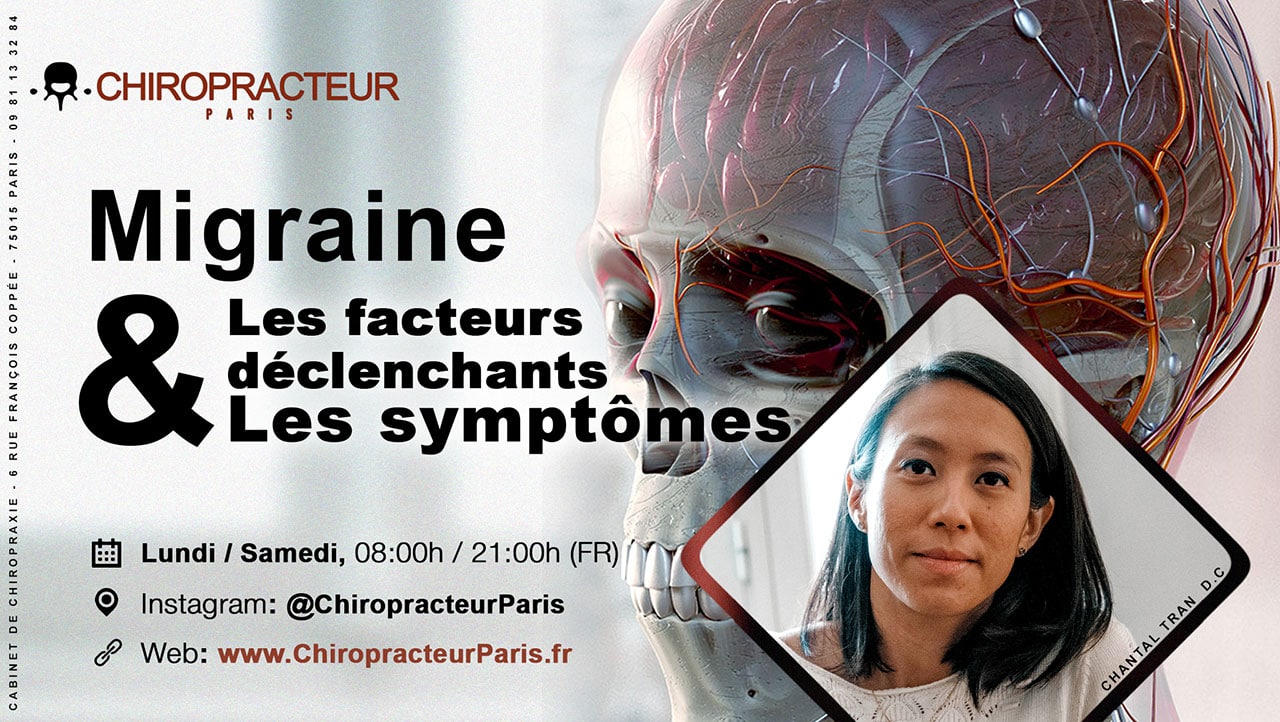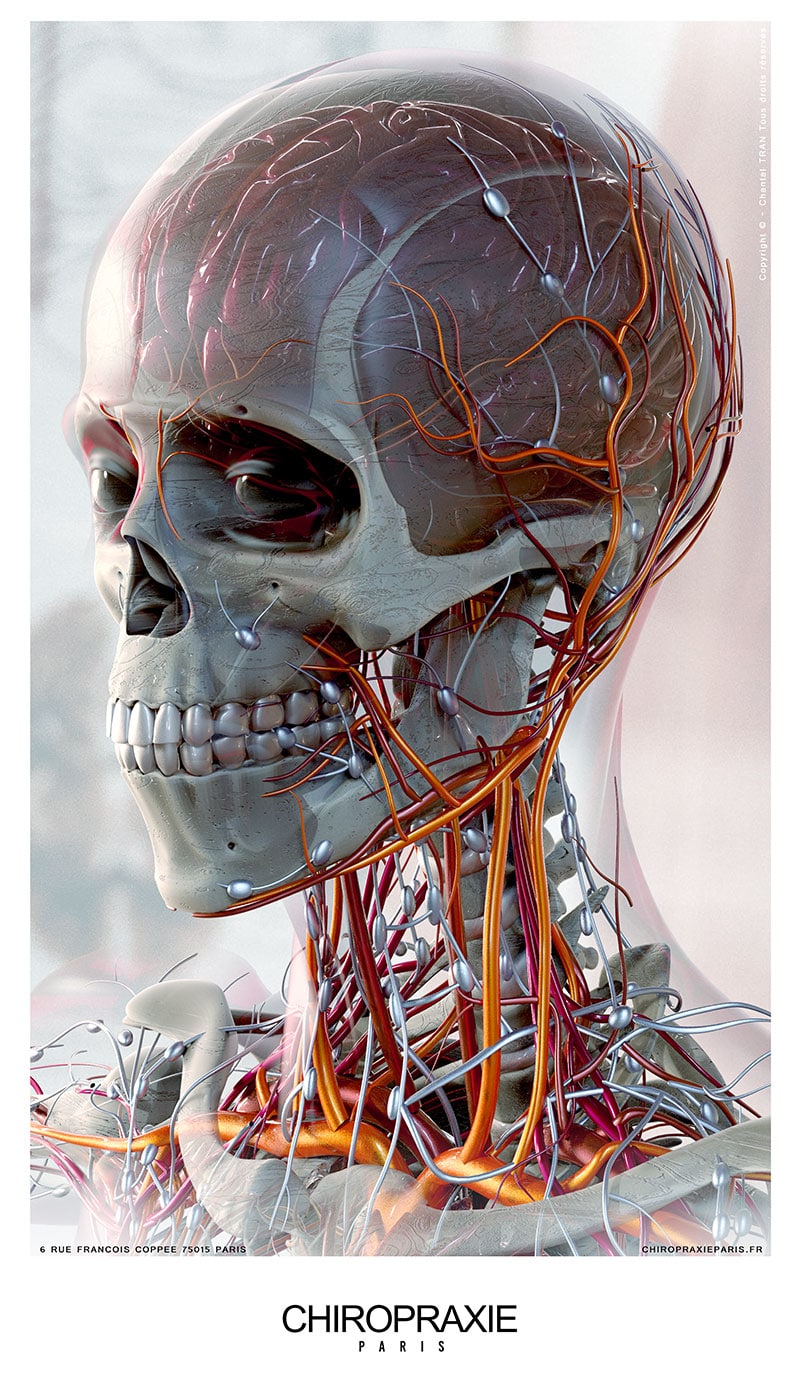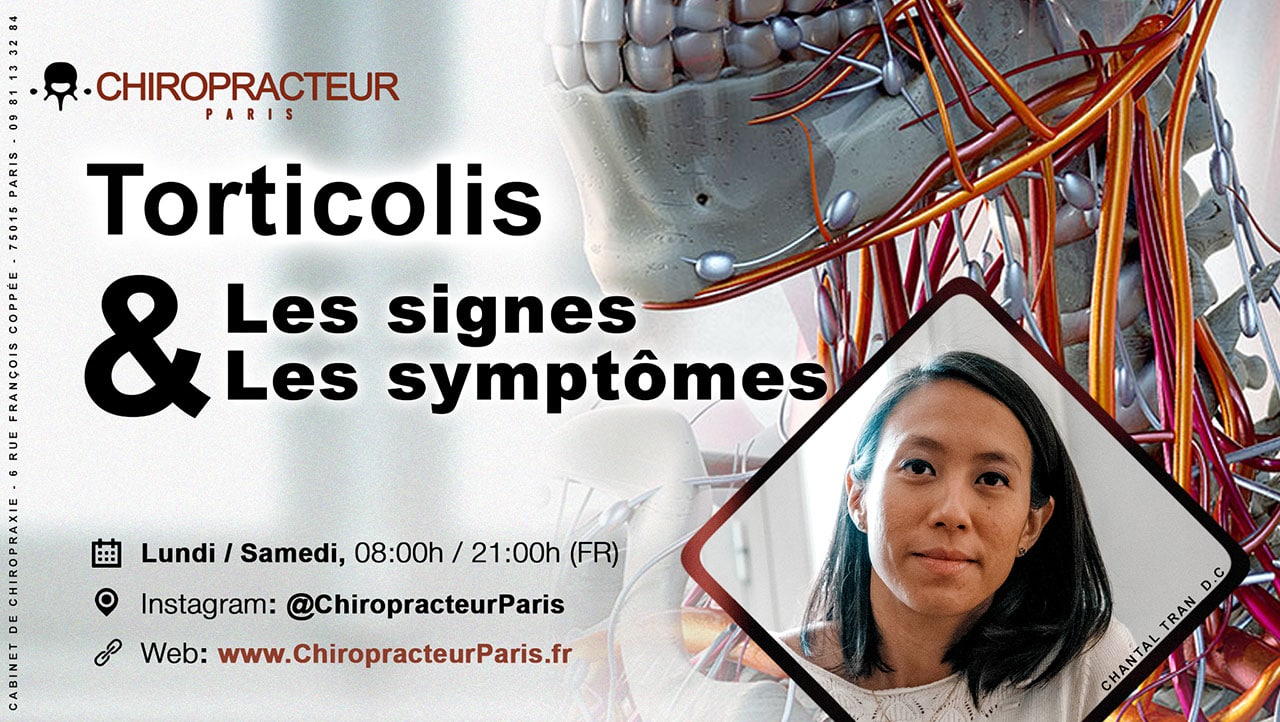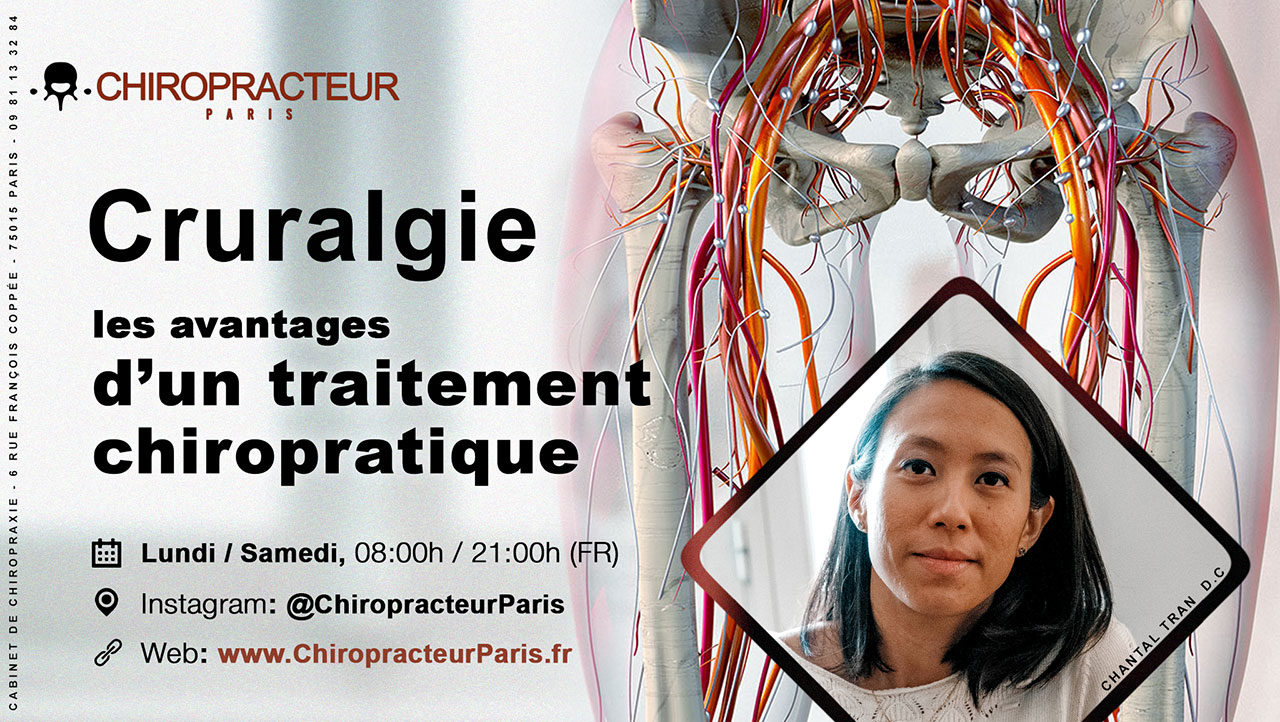Migraines and Headaches

What is a migraine?
Migraines are among the most common and disabling neurological disorders.
They are characterized by recurrent, moderate to severe headaches that may be preceded by sensory alert symptoms, such as an aura. Migraines can last from four hours to three days, and sufferers often have to miss work or school because they cannot function normally.
This disorder affects about 10 % of the population in Europe, but is more common in women than in men (18 % vs. 8 %). There are many triggers for migraine episodes, including certain foods such as processed foods and chocolate, lack of sleep, stress, hormonal fluctuations during menstruation, pregnancy or menopause.
Who suffers from migraines?
Migraines can affect people of all ages, but they are more common in adults.
- 4 to 9 % of people with migraines, are more common in women.
- The first episode of migraine usually occurs between the ages of 10 and 19
- 5 to 7% of children suffer from migraines, while here an estimated 16% develop them before reaching puberty.
- However, they are not limited to adults, as 4-5 % of adults aged 45-64 years also suffer from migraines.
What symptoms should I look for if I think I have a migraine?
It is important to be able to recognize the symptoms of a migraine so that you can start treating them in time. The signs of a migraine can vary, and may include:
- A severe headache (sometimes accompanied by a throbbing or pounding sensation) that may worsen or continue for an extended period of time.
- Sensitivity to light and sound, which can lead to total isolation from these types of stimuli.
- Temporary changes in vision, such as blurred vision, blind spots or partial loss of vision
- Other symptoms such as stomach upset, weight loss or mood changes.
- Increased frequency of migraine episodes in people who suffer from frequent daily headaches. These types of "chronic" migraines often become less painful over time because the body gets used to them; however, they continue to cause daily suffering.
What causes migraines?
The exact cause of migraines is unknown, but current research points to abnormal functioning of the brain and nervous system.
In recent years, scientists have identified several factors that may contribute to the development of migraines, including
・ Genetics
Migraine is one of the most common types of headaches and can affect anyone at any age. However, people with a family history of headaches are more likely to develop migraine.
・ Stress
People with depression or other psychiatric illnesses such as obsessive-compulsive disorder (OCD) and stress-related disorders also tend to suffer from migraines as a side effect.
・ Hormonal changes
When women experience menstrual disorders, hormones change dramatically, which can trigger the onset of migraines in some patients. In fact, migraines account for about 90 % of all hormone-related headaches in women each month during their menstrual cycle
・ Food and beverages
- Food allergies, sensitivities or intolerances to certain foods can trigger migraines in some people.
- Caffeine, alcohol and dehydration can also cause migraines in the absence of other triggers
How long do they usually last?
Migraines can last from a few hours to a few days.
What does the aura look like for those who have one?
An aura is a neurological phenomenon that can precede the onset of a migraine. Usually, the aura manifests itself as a visual disturbance that appears as zigzag lines and spots in your field of vision.
What should I do if I experience an aura?
If you experience an aura and recognize it for what it is (i.e., a sign that you are about to have a migraine), allow yourself to rest and avoid sensory stimuli such as bright lights or noises, which may make your symptoms worse.
Can migraine symptoms change at different times in life, such as puberty or pregnancy?
Migraine symptoms can change at different times in life, such as during puberty or pregnancy. For example, some women experience more migraines during their menstrual cycle, while others find their migraines worsen during pregnancy.
Do you have any good tips for dealing with migraines when they occur (or in advance)?
There are several things you can do to help prevent or treat migraines when they occur:
- Identify your migraine triggers and try to avoid them as much as possible
- Make sure you get enough sleep
- Drink plenty of water and eat regularly
- Apply ice or a cold pack to the forehead or temples to relieve pain
- Contact your chiropractor for an adjustment.
What are the benefits of chiropractic care for migraines?
- Pain relief
- Improved quality of life
- Reduction of the need for medication
Chiropractors are highly trained in spinal manipulation, which helps relieve the tension on the nerves associated with headaches as well as other musculoskeletal problems. This allows your body to function properly so that you can live your life without any limitations or restrictions caused by these types of conditions or symptoms!
Do you suffer from migraines?
Today, migraines can be treated with chiropractic care. Several studies have shown that chiropractic care is an effective treatment for migraines and can help reduce the frequency and severity of migraine attacks.












